Diagrama de Ishikawa SAC Logística

Rappresentazione del diagramma di Ishikawa con raggruppamenti (cluster
One of his inventions was the fishbone diagram, also known as an Ishikawa diagram. Operational efficiency experts worldwide use this simple yet powerful tool to find, visualize and analyze underlying causes of business challenges and develop solutions. It's called a fishbone diagram because possible causes of the problem are written on an.
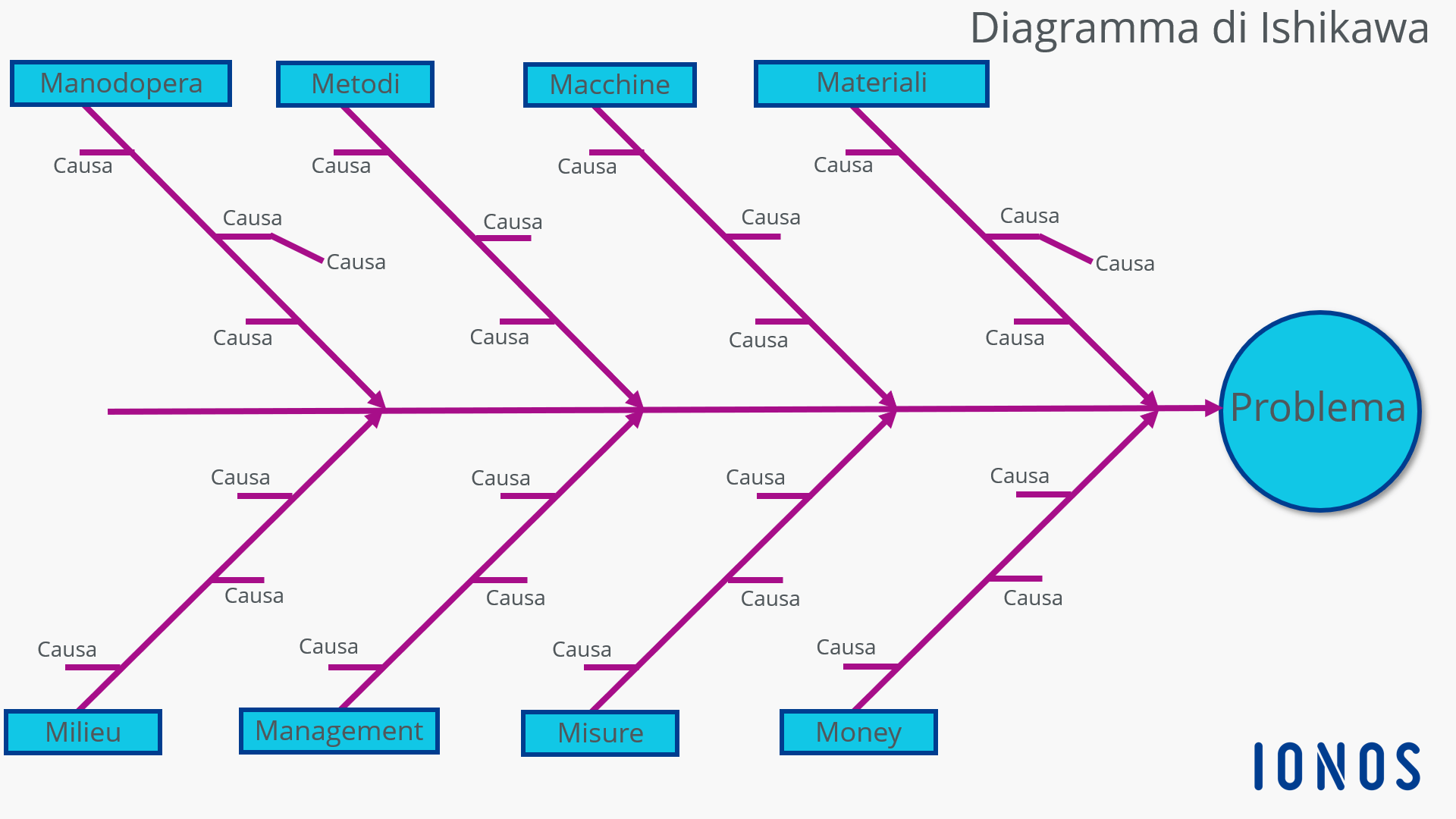
Diagramma di Ishikawa Come funziona il diagramma causa effetto IONOS
An Ishikawa diagram, also known as a fishbone diagram or cause-and-effect diagram, is a visual representation used to analyze and display the potential causes of a specific problem or effect. This diagram is named after Professor Kaoru Ishikawa, a Japanese quality control statistician, who popularized its use in the 1960s.

Ishikawa Diagram Professional Business Diagrams
Root cause analysis (RCA) is a way of identifying the underlying source of a process or product failure so that the right solution can be identified. RCA can progress more quickly and effectively by pairing an Ishikawa diagram with the scientific method in the form of the well-known plan-do-check-act (PDCA) cycle to empirically investigate the.
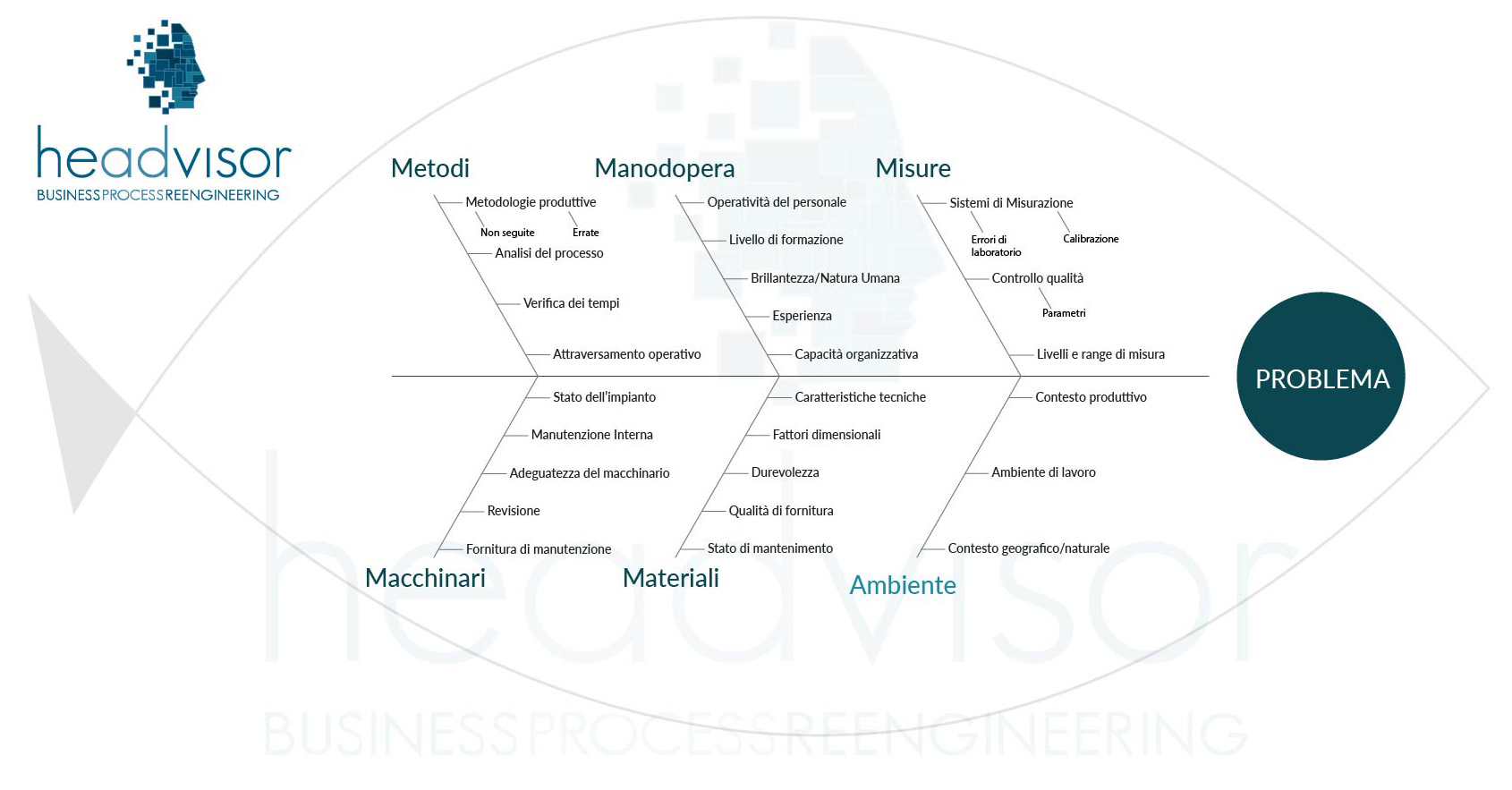
Diagramma di Ishikawa, diagramma causa effetto, le 5M e i 5Whys
Step 1: Find the problem statement. Step 2: Brainstorm to think of the main causes of the problem. Step 3: Sort these causes into categories. Step 4: Identify the branches that have the most impact. Step 5: Draw the Ishikawa diagram. Example: free fishbone diagram template. Using the Ishikawa diagram for quality control in project management.
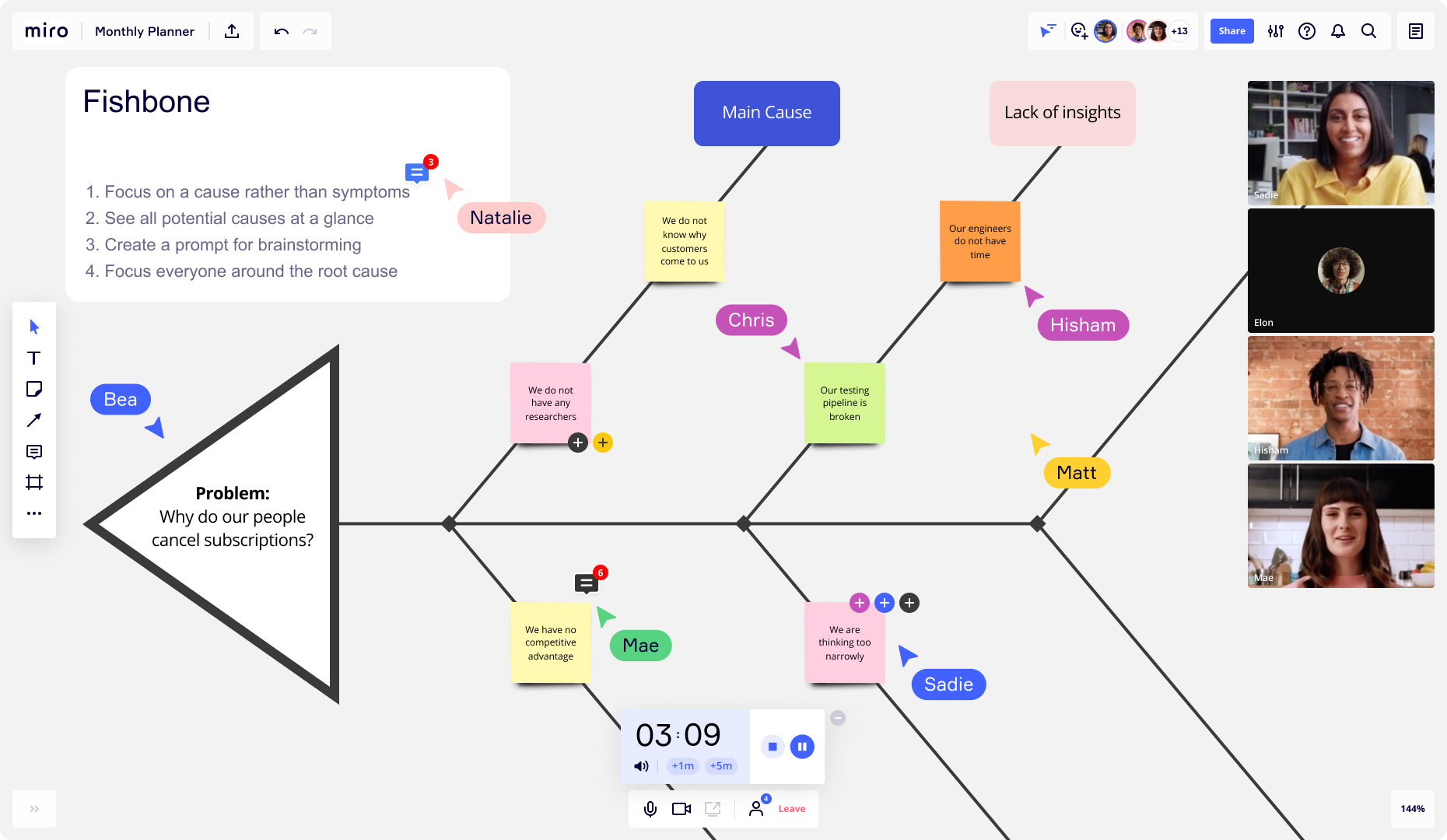
Diagramma di Ishikawa Cosa è, Come Farlo e a Cosa Serve? Miro
A ishikawa diagram is an established tool for visualizing the root causes of business problems. Try a free, customizable template in Lucidchart today! In addition to our pre-made ishikawa diagram example, Lucidchart has several diagram templates for business, including BPMN and SWOT analysis. Sign up for a risk-free trial today!
:max_bytes(150000):strip_icc()/IshikawaDiagram2-386e9108096f4149b67cb5a803c45dd0.png)
Ishikawa Diagram What It Is, Common Uses, and How To Make One
Many useful tools are available nowadays for entrepreneurs, like those known as agile methods, as the Ishikawa Diagram. It is also known as the Cause & Effect diagram or the Fishbone diagram; a very practical equation for your company during quality evaluations. The Ishikawa Diagram is a very practical equation for every company during quality.
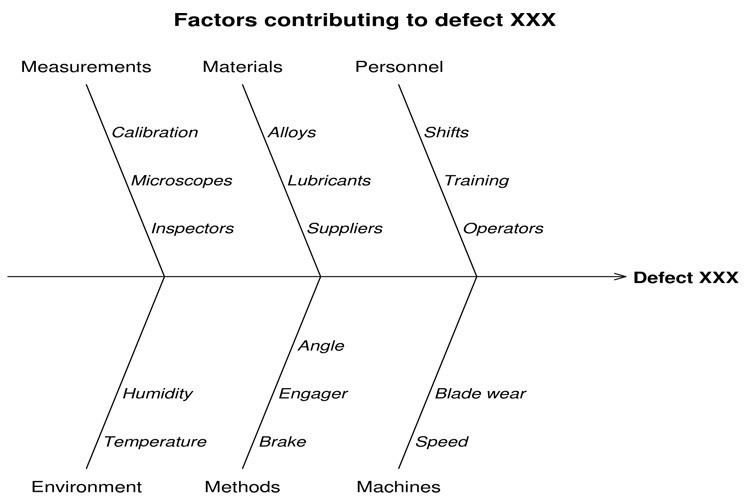
Diagramma di Ishikawa Canale Formazione
It was the strongest quake in the region in more than four decades, according to the U.S. Geological Survey. Houses were destroyed, fires broke out and army personnel were dispatched to help with.

Diagrama de Ishikawa SAC Logística
Otoritas mengatakan 126 kematian telah dikonfirmasi pada jam 4 sore Sabtu (06/01/2024) dan lebih dari 200 orang di Provinsi Ishikawa masih belum diketahui keberadaannya. Gempa bermagnitudo 7,6.

Le diagramme d'Ishikawa pour identifier les risques La gestion de
Ishikawa diagrams (also called fishbone diagrams or cause-and-effect diagrams) are diagrams that show the causes of a certain event. Common uses of the Ishikawa diagram are to identify potential factors causing an overall effect. Each cause or reason for imperfection is a source of variation. Causes are usually grouped into major categories to.

Diagramma di Ishikawa e problem solving La Mente è Meravigliosa
Origini. Questo tipo di diagrammi causa-effetto sono stati messi a punto in Giappone nel 1943 da Kaoru Ishikawa, tra i primi sostenitori del concetto di qualità totale.. Applicazioni nel brainstorming. I diagrammi di Ishikawa possono essere utilizzati nel corso di una o più sessioni di brainstorming per esaminare le possibili cause relative ad un problema.

Diagramma di Ishikawa nel Project Management Rosaria Sgueglia
23 November 2023. In an ever-evolving business world, the ability to dissect problems and pinpoint their origins is invaluable. The Ishikawa Diagram, also known as the fishbone diagram, has established itself as a fundamental tool for cause-and-effect analysis, favored by businesses and individuals for its effectiveness in problem-solving.

Diagramma di Ishikawa Fysis.it
The northeastern tip of the Noto Peninsula has been subject to an earthquake swarm for the last three years, with the largest earthquake being a M w 6.3 event that took place in May 2023. [13] The earthquake was the strongest to hit the peninsula since records began in 1885.
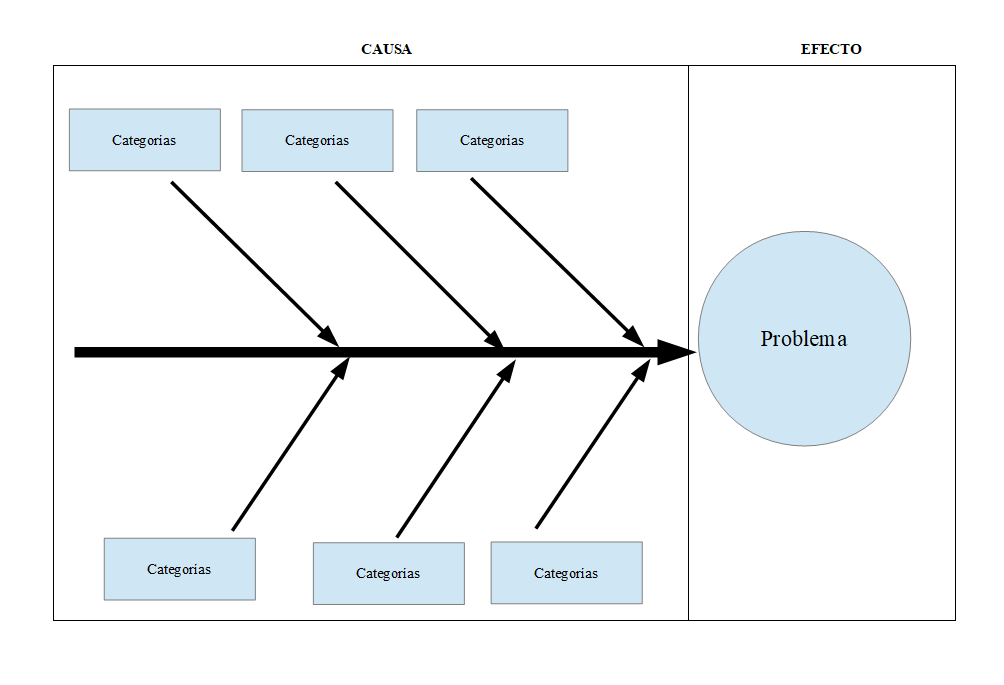
Diagrama de Ishikawa ¡Descarga & Ayuda 2021!
An Ishikawa diagram is designed to show the potential causes of a specific event or process. It is commonly used in product development to brainstorm and outline the different steps within a given process, allocate resources, and determine whether quality control issues are likely to arise. The diagram is named after its creator, Kaoru Ishikawa.

Il Diagramma Causa Effetto Come usarlo per diminuire i costi
Online Tool: "Fishbone Diagram Generator" - a free tool to create Ishikawa diagrams digitally. FAQ. 1. What is an Ishikawa diagram and how does it help with problem-solving? Answer: An Ishikawa diagram, also known as a fishbone diagram or cause-and-effect diagram, is a visual tool used to identify the root causes of a problem.
.png?width=1710&name=Fishbone diagram (1).png)
Qué es el diagrama de Ishikawa y cómo aplicarlo en tus procesos
With skill and experience, a practitioner can apply Ishikawa diagram in a three dimensional way in which the third dimension is the intertwining of the various potential causes criss-crossing each other. The success in establishing and implementing an Ishikawa diagram entails amalgamation of skills in science and art.

Strumenti per la gestione del rischio ARCADIA SRL
Ishikawa diagrams (also called fishbone diagrams, herringbone diagrams, cause-and-effect diagrams) are causal diagrams created by Kaoru Ishikawa that show the potential causes of a specific event.. Common uses of the Ishikawa diagram are product design and quality defect prevention to identify potential factors causing an overall effect. Each cause or reason for imperfection is a source of.